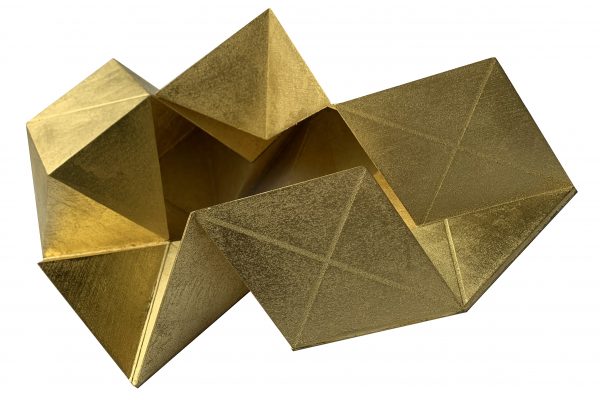In 1846, the French sculptor Jean-Baptiste Auguste Clésinger (1814-1883) was an unknown artist. One year later, he acquired sudden and lasting fame. This astonishing mutation illustrates the media power exerted by the public scandal in the world of the arts of that time in Paris. This strategy of creating a scandal will be so efficient that another great master of the nineteenth century, the painter Gustave Courbet will exploit it throughout his entire life. The object of what was the most resounding scandal of the Salon of 1847 was a marble statue entitled The Woman Bitten by a Snake. Entering the French public collections in 1931, long stored in the reserves of the Louvre Museum because the curators hesitated to exhibit such a “sulfurous” work, it is today one of the masterpieces of the Musée d’Orsay.
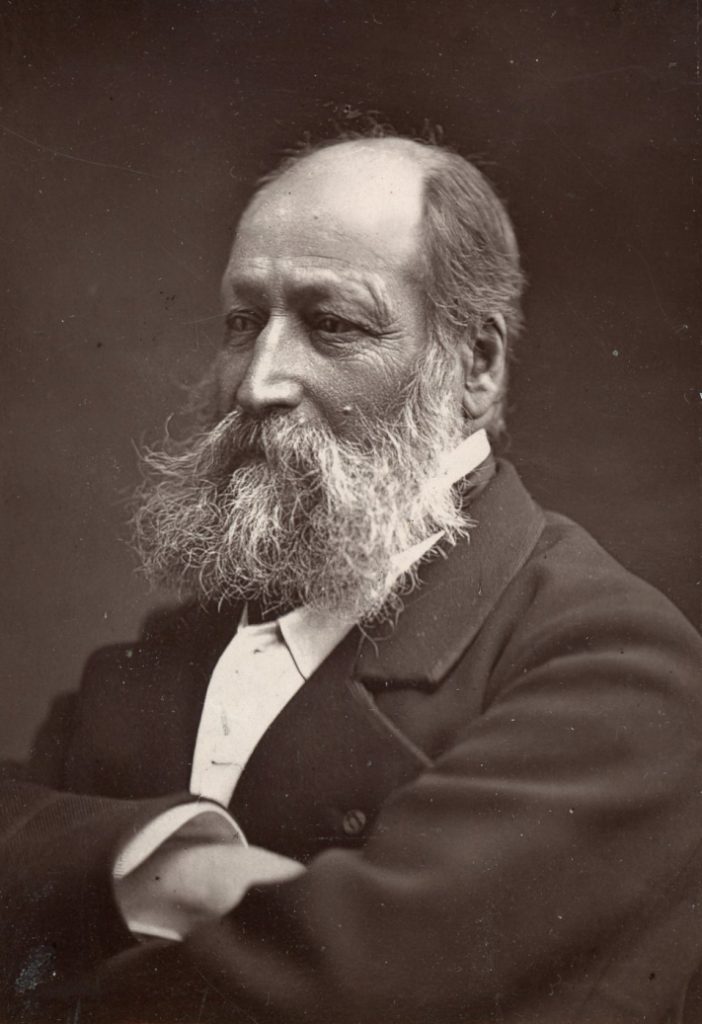
Going down the steps that lead to the large nave of the museum, dedicated to statuary, we regularly notice- on the left side of the central aisle- a small crowd. No other statue benefits from this particular interest of the public. Visitors, as surprised as they are fascinated, seem to wonder in front of this marble with powerful eroticism. This life-size sculpture (180 cm x 70cm x 56 cm) depicts a reclining nude woman on a bed of flowers and foliage. She opened her tunic to reveal her body. The arch, very accentuated, projects the bust and belly forward while the face is rejected back. The viewer is struck by the impression of tension that animates the body, and by the realism of the details (folds of the skin, apparent bulges, protruding nipples, faithfully rendered skin texture, clench of the hands). From an aesthetic point of view, the work marks a major break with the “ideal beauty” standard imposed by the academic art so far. While these academic beauties were looking cold, the Woman bitten by a snake gave the illusion of a living body. From the point of view of interpretation, we quickly understand that the expression of the model does not reflect the pain caused by the bite of a snake – neither the small marble snake she wears in bracelet around the left wrist, nor the bronze one (now disappeared) that the sculptor had wrapped around her left ankle at the last moment to thwart the censorship of the jury. In fact, this woman expresses the convulsions of pleasure. To be clear, in the middle of the nineteenth century, the statue represents her in full orgasm; this impression is confirmed by the original title, Dream of Love, which Clésinger abandoned on the advice of his friend the poet and art critic Théophile Gautier to escape a ban.
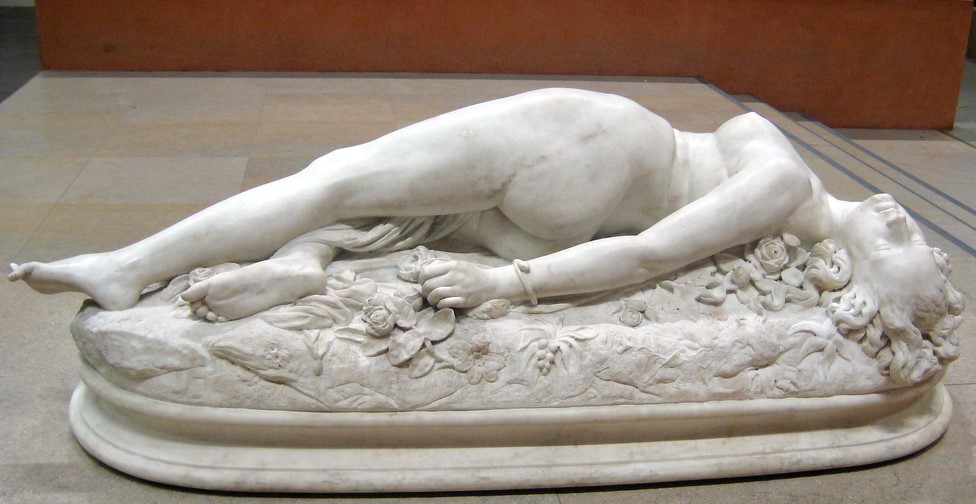
Commissioned in July 1846 by Alfred Mosselman, a wealthy businessman and friend of Alfred de Musset, this sculpture belongs to the field of candaulism. Mosselman wanted to show the world the perfect body of his mistress, Apollonie Sabatier, one of the most beautiful women in Paris who will become the close friend of Théophile Gautier, Gustave Flaubert and to whom Charles Baudelaire will dedicate a mystical love. Mosselman’s order also focused on a beautiful marble bust of Apollonie (kept at the Musée d’Orsay as well) which was critically acclaimed and which she kept in her dining room where she received the artistic Tout-Paris every Sunday evening. The explicit eroticism of the Woman Bitten by a Snake, which had been quickly revealed by the press, attracted very unusual crowds in the room where she was exhibited. It divided criticism into two camps: those who saw in the resolutely modern aesthetics and the charm of the theme (the representation of a nude without mythological alibi) a major advance; and those who, out of puritanism, cried foul against the boldness of the subject and condemned a realism that transgressed all the rules of academic art.
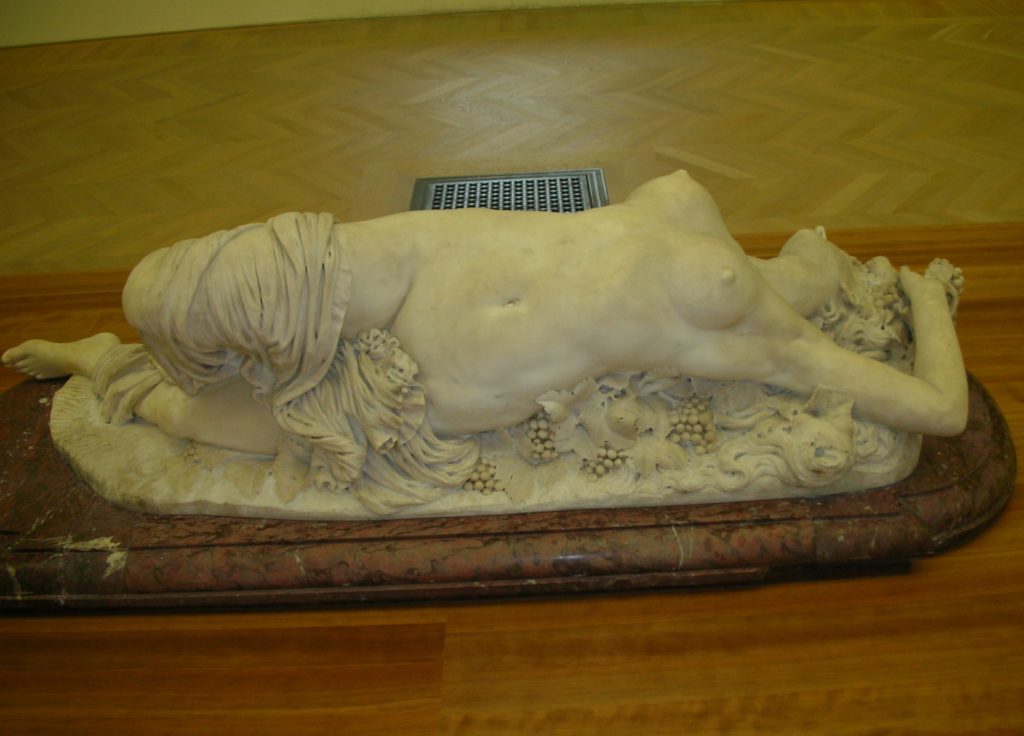
But a second scandal arose: the influential critic Gustave Planche claimed that the work had not been modeled, but molded on the body of the model, which opposed the good practices of sculpture. Clésinger defended himself and provoked the journalist into a duel. Planche, who was not very courageous, retracted. We know today that he anyway was right, which explains the exceptional realism of the epidermis. So strange it looks, the mold had indeed been kept by Madame Sabatier until her death. But this double scandal ensured the artist fame; he became, in the press, “a great sculptor”, even “the Murat of statuary”, in allusion to the Marshal of the Empire reputed for his audacity. The popularity of this sculpture explains the many reduced models that were marketed for several years, in bronze or marble.To demonstrate his dexterity, the sculptor made the following year, for the Salon of 1848, a new statue whose dimensions (193 cm) should, in theory, exclude any hypothesis of molding La Bacchante, today kept in Paris at the Petit Palais Museum. She is very close to the Woman bitten by a snake, but in a reverse composition. Exhibited in 1851 in London during the Universal Exhibition, this Bacchante shocked the British public by her erotic dimension.
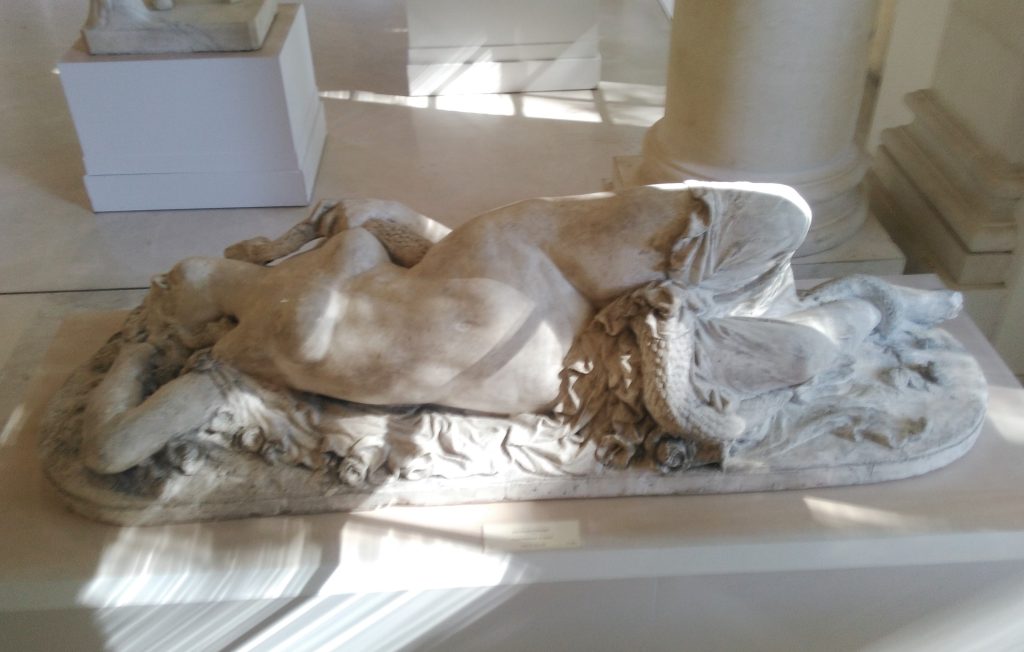
But the matter did not end there. Haunted by this theme of the female body lying down and abandoned to sexual pleasure, Clésinger devoted several variants to it: in painting (Eve with the Snake, Salon of 1859) and again in sculpture; with The Death of Cleopatra (Salon of 1861). He returned to the subject in 1874 with a large terracotta (Eve tempted in her sleep, Montpellier, Hôtel de Lunas, dated “1846-1874”, length 175 cm) and a large plaster (Woman Bitten by a snake, Avignon, Calvet Museum, dated “1846”, length 180 cm) where he had chosen to replace the discreet original snake with a large reptile. The snake, which had been only an alibi late added in 1847 and unrelated to the original composition imagined by the artist, had become, for these late versions, an element of primary importance. These sculptures, anyway, inspired many reputed artists, such as Alexandre Cabanel (Naissance de Vénus, 1863), Félicien Rops (A un dîner d’athées, 1884), Franz von Stuck (Sensuality, 1898), Gabriel Ferrier (Salammbô, 1899) or Alméry Lobel-Riche (Les Diaboliques, 1910). Even if he has been, at the end of the nineteenth century, overshadowed by the genius of Auguste Rodin, Clésinger remains one of the great sculptors of his time, author of an important work. However, he remains a victim of the success of the Woman Bitten by a Snake exhibited in 1847. For some, he did not anymore reach the power of this work in any of his further sculptures, for others, as soon as he took up this theme, he produced only pale copies. Today, if his name escapes oblivion, it is still thanks to the marble now exhibited at the Musée d’Orsay. However, it is a real curse, for a talented and prolific artist, to find himself reduced to a single work. “The curse of the snake…”
Written By Thierry Savatier
http://www.thierrysavatier.com



